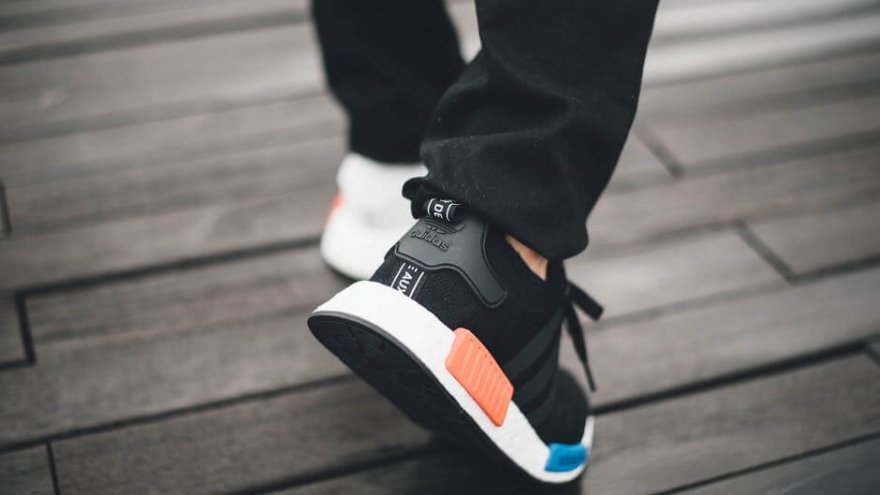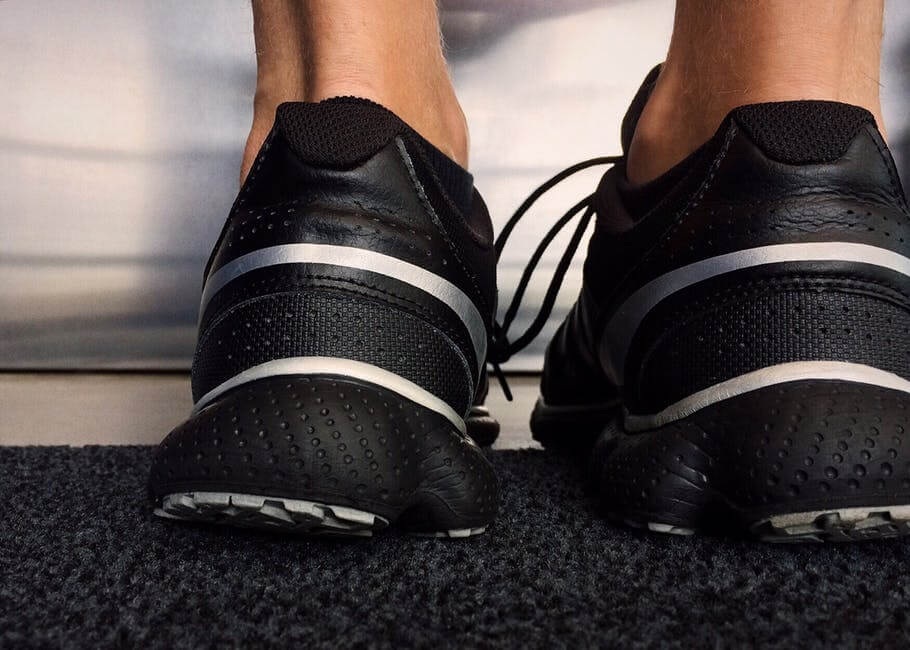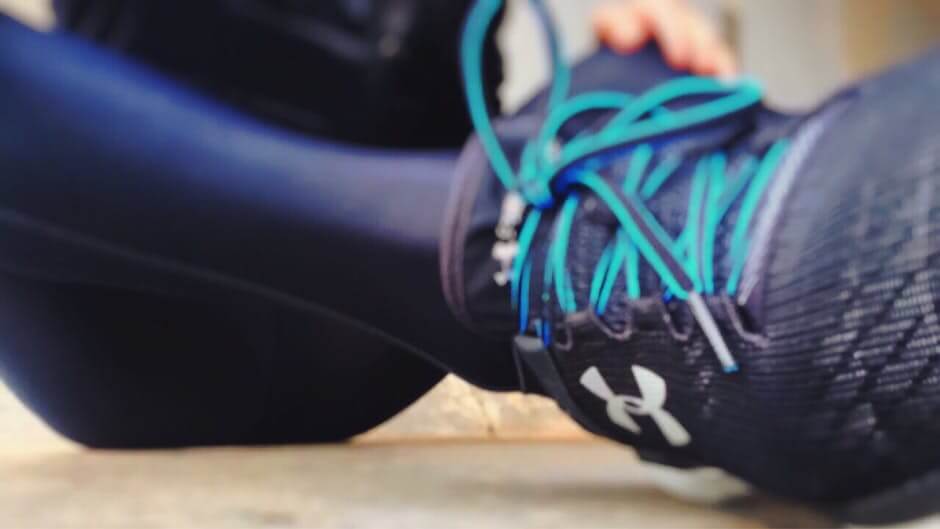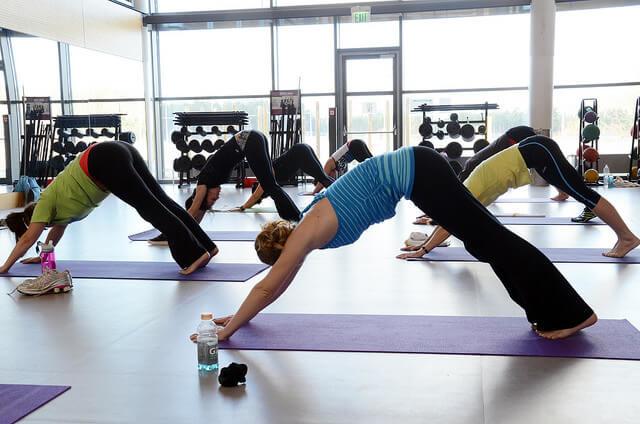Everything You Need to Know About Pronation

Plantar fasciitis, Achilles tendonitis, IT band syndrome— you’ve probably heard of, or even dealt a few of these injuries yourself. While many factors determine whether you develop one of these less-than-pleasant running injuries, the biomechanics of your body, specifically of your foot and ankle, are a common culprit of contracting them. Often, the cause of such running based injuries stem from pronation– whether that be an overpronation or an underpronation (supination) of your foot.

So, what exactly is pronation?
Pronation is the natural movement of your foot. It’s the shape of your arch that causes either normal, over or underpronation. Pronation is a normal part of the gait cycle: the sequence from when one foot contacts the ground to when the same foot contacts the ground again, essentially your stride. A normal pronation occurs when your foot rolls inward, about 15 percent, coming in complete contact with the ground while easily supporting your body weight. Your foot lands on the outside of your heel and then rolls inward (pronates), which aids in providing shock absorption to the foot and helps you to push off the ground evenly from the front of your foot with each stride you take.
An overpronation, typically someone with flatter feet, occurs when your heel rolls inward more than the ideal 15 percent discussed above. This causes shock to not be absorbed as well at the end of each gait cycle, with the big toe and second toe taking on most of the work. Essentially, your foot lands on the outside of the heel and then rolls inward (pronates) transferring weight to the inner edge instead of the ball of the foot.

Underpronation, also known as supination, normally someone with high arches, is an insufficient inward roll of the foot — less than the ideal 15 percent– after landing on the ground during a gait cycle. Underpronation causes the foot to place more weight on the small toes on the outside of the foot rather than an even distribution. Basically, the outer side of your heel hits the ground with little to no normal pronation, which causes more shock to run through the lower leg.
How do you know if you have a normal, over or underpronation?
While many shoe stores can help determine your pronation type, your podiatrist can give you the most accurate analysis. However, there are a few ways you can test yourself to get a basic idea of what type of pronation you have.
Try this:
Wet your foot and step on a dry concrete surface or colored construction paper. If your footprint appears flat you most likely overpronate, and if your footprint shows a higher than normal arch you’re likely to underpronate.
You can also examine the wear patterns on your running shoes to get a clue into your foot’s pronation. If you have a neutral pronation the soles of your shoes shoe wear in an S shaped pattern from the outer heel to your big toe. If you overpronate there might be signs of extra wear on the inside heel, especially around the area of the big toe. An underpronator will show signs of wear on the outer side of the shoe. Placing your shoes on a flat surface can also give signs as to types of pronation. If your shoes appear to tilt inward then you might be an overpronator and if you notice a slight outward tilt you could be underpronating.
The good news is that you can still run safely as long as you select the best running shoe for your type of pronation. See our guide below:

If you have a normal pronation:
While you’ll be able to run in a variety of different styles, look for shoes that have neutral cushioning for optimal support. Neutral cushioned shoes aide in the natural motion of the foot.
If you overpronate:
Search for stability running shoes. As your foot overpronates, you’ll need maximum support as well as structured cushioning. You’ll want a shoe with a strong midsole to provide extra support for flatter feet. You can also look for over the counter arch supports to insert into your shoe.
If you underpronate:
You’ll want to find a shoe with optimal cushioning to help offset the extra shock your legs will absorb due to underpronating. Without the properly cushioned shoes you’ll be more prone to shock related injuries like stress fractures. Make sure there is cushioning along the outside of the shoe as well to counteract the outward roll of your foot.

There are even some stretches you can practice to help with your specific type of pronation. If you tend to overpronate, try a towel curl stretch. Simply grab a medium size towel and place it on the ground in front of you. Curl the towel toward you using only your toes. Each time you curl the towel be sure it’s spread evenly on the floor. You can place a free weight at the end of the towel to make the stretch more challenging. If you underpronate you can try practicing a downward facing dog yoga pose. Start on your hands and knees and then push your knees upward making sure your wrists are directly under your shoulders and your knees are directly under your hips. Your hands should be about shoulder distance apart and you feet should be hip distance apart. This pose will help to stretch your calves, hamstrings and quads. These are only two stretches out of hundreds you can work on to help with over and underpronation.
Pronation is a part of our everyday moving lives, and as such, it’s important to know how you pronate in order to run as safely and injury-free as you can!
Latest Articles
 Is Running on a Treadmill Easier Than Running Outside?Runners have their own preferences, whether it is treadmill running, running outside on the road, or exploring trails. So...
Is Running on a Treadmill Easier Than Running Outside?Runners have their own preferences, whether it is treadmill running, running outside on the road, or exploring trails. So... Is It OK to Use Trail Running Shoes on the Road?While trail running shoes can be used on roads, especially in situations where a runner encounters mixed terrains or pref...
Is It OK to Use Trail Running Shoes on the Road?While trail running shoes can be used on roads, especially in situations where a runner encounters mixed terrains or pref... How to Fix Sore Quads After Running?Rest, ice, gentle stretching, and over-the-counter pain relievers can help soothe sore quads after running. Also, ensure ...
How to Fix Sore Quads After Running?Rest, ice, gentle stretching, and over-the-counter pain relievers can help soothe sore quads after running. Also, ensure ... 10 Fruits With The Most Electrolytes to Replace Sports DrinksThese fruits are high in electrolytes such as potassium, magnesium, and calcium, essential for hydration, muscle function...
10 Fruits With The Most Electrolytes to Replace Sports DrinksThese fruits are high in electrolytes such as potassium, magnesium, and calcium, essential for hydration, muscle function...

